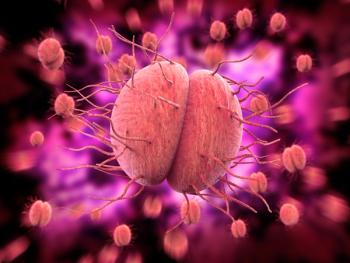
Online dare exposes kids to pulmonary risks
There’s a new game in town that’s sending adolescents to the emergency department. The “cinnamon challenge” is the latest online dare that tricks teenagers into risky behavior with potential consequences.
There’s a new game in town that’s sending adolescents to the emergency department (ED). The “cinnamon challenge” is the latest online dare that tricks teenagers into risky behavior with potential consequences.
The
Symptoms include severe coughing; burning of the mouth, nose, and throat; vomiting; nosebleed; and chest tightness. Aspiration also can lead to allergic reactions and asthma attacks.
In most cases, the effects are temporary; however, in the first 6 months of 2012, at least 30 patients nationwide required medical attention and 1 patient in Ohio reportedly required hospitalization and ventilator support for collapsed lungs.
According to researchers, cinnamon is a caustic powder composed of cellulose fibers that are bioresistant and biopersistent, meaning they do not dissolve or biodegrade in the lungs. Studies in rats have shown mild multifocal granulomatous inflammation after exposure, with more serious sequelae such as granulomata, interstitial fibrosis, alveolar histiocytosis, alveolar lipoproteinosis, and alveolar cell hyperplasia occurring 3 to 6 months after aspiration. Thickened intervalveolar septa with worsened inflammation and fibrotic lesions were observed in the study animals 1 year later. Other animal studies reported fibrotic changes in bronchial linings 3 months postexposure.
For adolescents with cinnamon allergies or with bronchopulmonary diseases including asthma, the risks associated with aspiration may be greater, even fatal. Although there are no documented pulmonary sequelae in humans, the researchers strongly advise counseling teenaged patients about the potential health threat from succumbing to peer pressure regarding this practice.
Newsletter
Access practical, evidence-based guidance to support better care for our youngest patients. Join our email list for the latest clinical updates.










